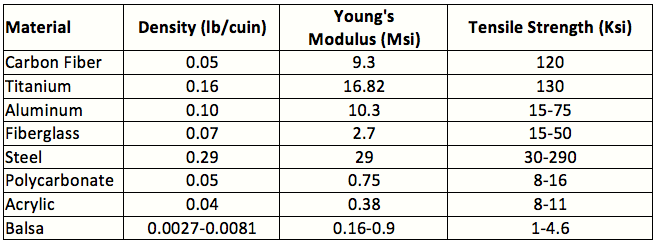This is the next article in our series that aims at giving readers an idea of what it takes to develop a complex electronic product in China.
So you have prototypes. Before you start to work toward mass production, you probably want to refine the design. It usually takes one of the following two forms:
- Optimizing the material selection
- Miniaturizing some elements
(This is not exhaustive. Many other aspects can be optimized — for example power consumption, the performance of the product, manufacturing process, and so on and so forth.)
Let’s look at these, one by one.
1. Better Material Selection
In our last article, we mentioned the need for functional testing as well as design boundary testing. Ideally, you have done that.
The findings from those tests would feedback into the product definition specification, for the design team to optimize each of the elements. Part of this process would be to investigate alternative materials that would allow for a light, stronger, or faster drone for example.
One specific area that could look at is the drone body, this is a weight-sensitive part of the design. It needs to be as light as possible but at the same time it must also withstand forces exerted upon it from the firing mechanism, it must also be capable of carrying the weight of the intruder, as well as all the internal components that make up the drone. The body must be able to withstand impacts from such things as intruder contact and crash landings.
Material selection is critical when optimizing the design at this stage of the project.
Below is a table showing the properties of materials that are commonly used both in the aerospace industry and in the RC hobby industry.
(Data collected from various sources, primarily McMaster-Carr. Values can vary, sometimes greatly, depending on alloy, layup, or processing; these should be good averages.)
The body also needs to be easily manufactured so when selecting the material for the body, manufacturing processability needs to be considered.
Having a strong material that is easy to work within manufacturing such as steel may be too heavy, conversely, some of the lightweight materials may not be strong enough, which is why some careful analytical analysis needs to be carried out to optimize the material selection.
The following table rates each material from 1-10 (with 10 being the best) on density, stiffness, strength, producibility, and cost.
Taking into consideration some of the attributes above, it would be clear that Balsa would be the easiest and cheapest to make but is unsuitable for the application. Similarly, steel looks great for strength and stiffness but is heavy, also making it unsuitable for the application.
Just by taking the average values for each of the attributes, three materials stand out as possible options for production (they are highlighted in green in the table above). These, however, should not just be selected without carrying out some detailed analysis.
There are many different methods of analyzing your data in order to determine the best options, such as:
- Pugh Analysis: Pugh Analysis charts are similar to the pros vs. cons lists. These are used for evaluating multiple options against each other, in relation to a baseline option.
- FMEA: Failure modes and effects analysis is a step-by-step approach for identifying all possible failures in a design, a manufacturing or assembly process, or a product or service.
2. Miniaturization
As part of the design refinement and optimization, in order to get the overall weight down, one activity would be to look at making certain aspects of the design as small as possible. In other words, miniaturization.
Many components have already been miniaturized. Consumers expect electronic products to become smaller and more portable. Therefore, miniaturized components such as sensors, actuators, and microprocessors are readily available.
The design of the drone should consider miniaturization in specific areas such as some elements of the electronics. However, the drone itself is just one part of a complete system and it is the system that needs to be considered as one entity when it comes to designing for size. Each element of the design must be taken into consideration with respect to functionality and will be affected by practical limitations.
So, instead of looking to miniaturize everything, a better approach would be designing the system to the ‘right-size’, thus utilizing micro and nanotechnology where necessary and designing other areas with the best technology available in that design element.
We have already seen that weight matters when it comes to power requirements and the body of the drone from a material point of view, but functionality needs to remain in the forefront of the design when it comes to designing out the weight.
—
In the next and last article of this series, we’ll look at cost-saving and standardization.
Are you designing, or developing a new product that will be manufactured in China?
Sofeast has created An Importer’s Guide to New Product Manufacturing in China for entrepreneurs, hardware startups, and SMEs which gives you advance warning about the 3 most common pitfalls that can catch you out, and the best practices that the ‘large companies’ follow that YOU can adopt for a successful project.
It includes:
- The 3 deadly mistakes that will hurt your ability to manufacture a new product in China effectively
- Assessing if you’re China-ready
- How to define an informed strategy and a realistic plan
- How to structure your supply chain on a solid foundation
- How to set the right expectations from the start
- How to get the design and engineering right
Just hit the button below to get your copy (please note, this will direct you to my company Sofeast.com):



